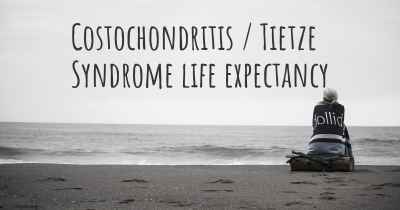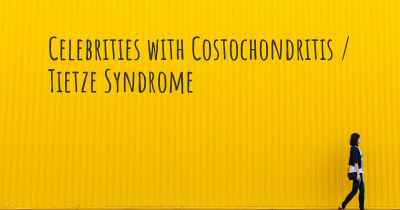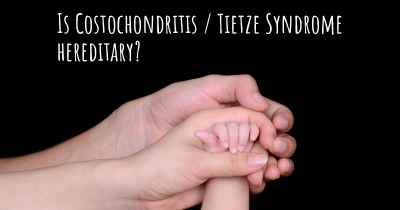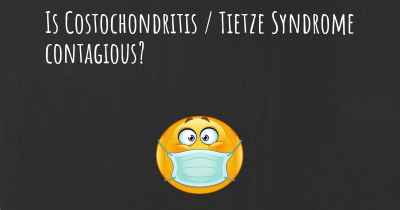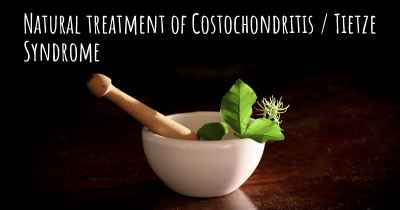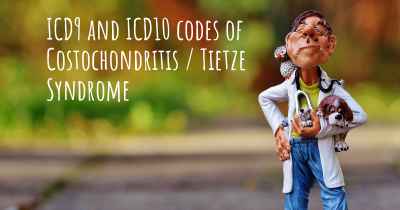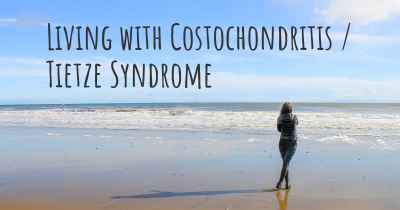Which are the causes of Costochondritis / Tietze Syndrome?
See some of the causes of Costochondritis / Tietze Syndrome according to people who have experience in Costochondritis / Tietze Syndrome
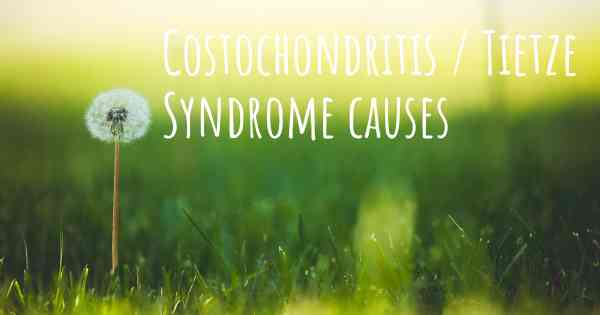
Causes of Costochondritis / Tietze Syndrome
Costochondritis, also known as Tietze syndrome, is a condition characterized by inflammation of the cartilage that connects the ribs to the breastbone (sternum). The exact cause of this condition is not always clear, but several factors have been identified as potential contributors. Understanding the causes of costochondritis can help individuals manage their symptoms and seek appropriate treatment.
Possible Causes:
1. Injury or Trauma:
Injury or trauma to the chest area is one of the leading causes of costochondritis. This can include direct blows to the chest, falls, or accidents that result in damage to the chest wall. The trauma can cause inflammation in the cartilage, leading to the development of costochondritis.
2. Repetitive Strain:
Repetitive activities or movements that put strain on the chest area can also contribute to the development of costochondritis. This can include activities such as heavy lifting, intense exercise, or repetitive motions involving the upper body. Over time, the repetitive strain can lead to inflammation and subsequent chest pain.
3. Respiratory Infections:
Respiratory infections such as bronchitis, pneumonia, or viral infections can cause inflammation in the chest area. The infection can spread to the cartilage, leading to costochondritis. The inflammation may persist even after the infection has resolved, resulting in ongoing chest pain.
4. Joint or Cartilage Conditions:
Individuals with pre-existing joint or cartilage conditions may be more prone to developing costochondritis. Conditions such as arthritis, osteoarthritis, rheumatoid arthritis, or ankylosing spondylitis can affect the cartilage in the chest area, making it more susceptible to inflammation and subsequent pain.
5. Poor Posture:
Poor posture can put strain on the chest area, leading to the development of costochondritis. Slouching or hunching forward can cause the ribs to compress and put pressure on the cartilage, resulting in inflammation and discomfort.
6. Emotional Stress:
Emotional stress can have physical manifestations, and it has been suggested that it may contribute to the development or exacerbation of costochondritis. Stress can lead to muscle tension and increased sensitivity to pain, potentially triggering or worsening symptoms of costochondritis.
7. Unknown Causes:
In some cases, the exact cause of costochondritis remains unknown. This is referred to as idiopathic costochondritis. It is important to note that even without a known cause, the symptoms and pain associated with costochondritis can still be managed effectively through appropriate treatment.
Conclusion:
While the exact cause of costochondritis may not always be clear, several factors have been identified as potential contributors. These include injury or trauma, repetitive strain, respiratory infections, joint or cartilage conditions, poor posture, emotional stress, and in some cases, unknown causes. Understanding these potential causes can help individuals take preventive measures, seek appropriate treatment, and effectively manage the symptoms of costochondritis.
